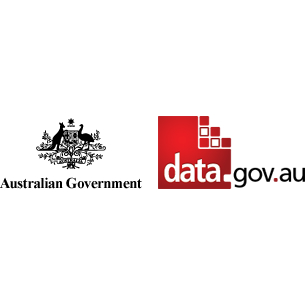Brief description
Cotton farms in the Murray-Darling Basin presents key farm performance measures for irrigated cotton growing farms in the Basin, including data on water trading and use of irrigation technologies, with an emphasis on results from 2012-13 to 2014-15.ABARES has conducted surveys of irrigation farms in selected industries and regions in the Murray-Darling Basin since 2006-07. The Murray-Darling Basin Authority (MDBA) funded this latest survey.
Around 90 per cent of Australia's cotton is grown in the Murray-Darling Basin, mostly in the northern Basin. Reflecting a fall in irrigation water availability and therefore cotton production, average farm cash incomes declined in both 2013-14 and particularly 2014-15. Despite declines in farm cash income, over 70 per cent of farms recorded positive rates of return (excluding capital appreciation) in 2014-15.
Flood and furrow systems were the most used irrigation technology for applying water to cotton crops. At least 80 per cent of farms used this technology over the survey period.
While a majority of cotton growers did not buy or sell irrigation water, up to a quarter of farms purchased water in drier years.
Full description
Cotton farms in the Murray-Darling Basin - KeyDocument 01 \r\n Ashton, D, Oliver, M & Norrie, D 2016, Cotton farms in the Murray-Darling Basin, ABARES research report 16.2, Canberra, July. CC BY 3.0.Cotton farms in the Murray-Darling Basin - KeyDocument 02 \r\n Ashton, D, Oliver, M & Norrie, D 2016, Cotton farms in the Murray-Darling Basin, ABARES research report 16.2, Canberra, July. CC BY 3.0.
Authoritative descriptive metadata for: Cotton farms in the Murray-Darling Basin - Metadata in ISO 19139 format\r\n
text: Australia
Subjects
AGRICULTURE |
AGRICULTURE Irrigation |
Agriculture |
Farming |
Land and Farm Management |
Murray-Darling Basin |
cotton |
farm |
farm performance |
irrigation |
User Contributed Tags
Login to tag this record with meaningful keywords to make it easier to discover
Identifiers
- Local : pb_cfmdbd9aasf20160726
- URI : data.gov.au/data/dataset/c3d3a30c-bdca-4b55-99e5-d1017d6e39db



